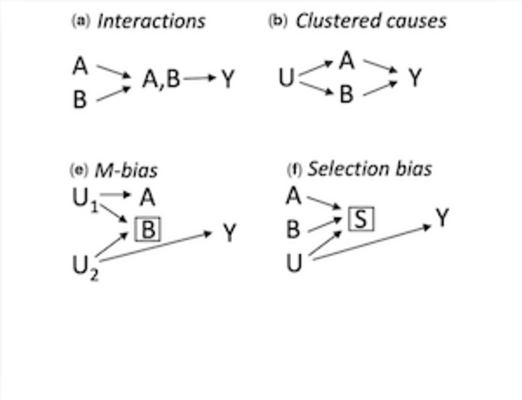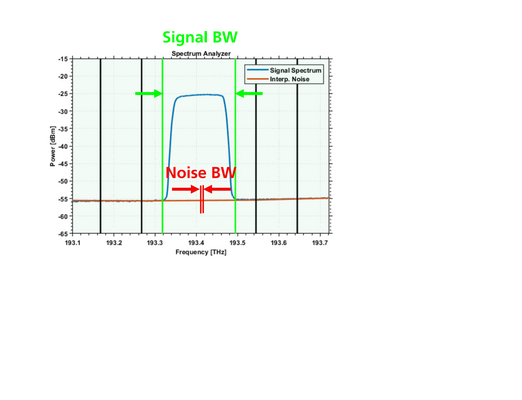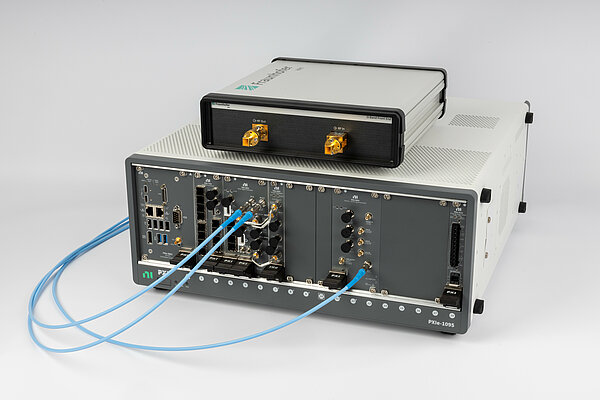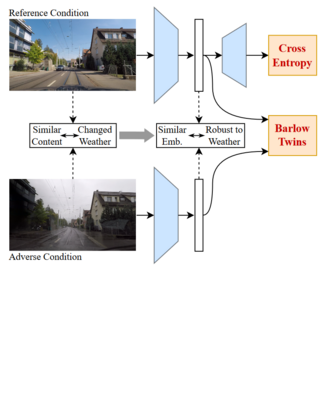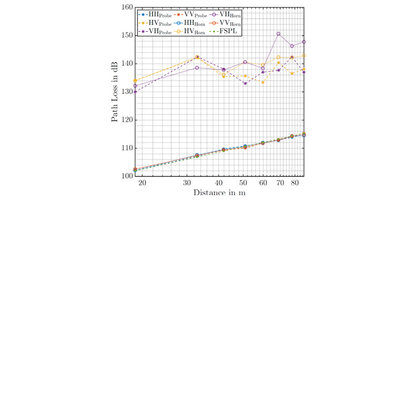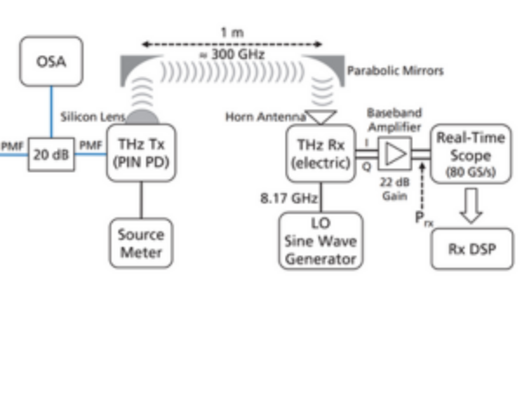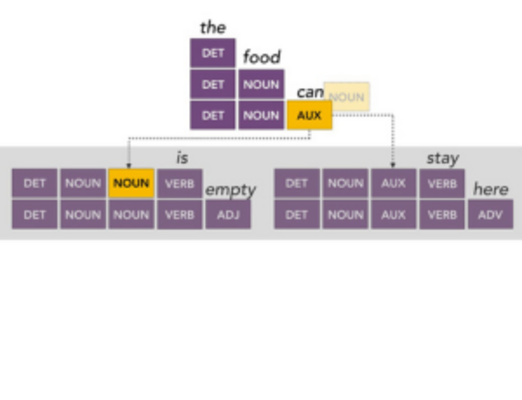Time Adaptive Probabilistic Shaping for Combined Optical/THz Links
We investigate the applicability of PAS for outdoor THz wireless links in simulations with weather-dependent loss models. Link performances are evaluated and optimal shaping entropies are determined to adjust error rates to a given FEC threshold....
Causes of Outcome Learning: A causal inference-inspired machine learning approach to disentangling common combinations of potential causes of a health outcome
Nearly all diseases are caused by different combinations of exposures. We present the Causes of Outcome Learning approach (CoOL), which seeks to discover combinations of exposures that lead to an increased risk of a specific outcome in parts of...
Impact of Multi-Band Transmission on Optical Signal-to-Noise Ratio Measurements
Fraunhofer HHI researchers investigate the influence error of a fixed noise bandwidth assumption (i.e., 12.5 GHz) on optical signal-to-noise ratio (OSNR) measurements in the context of multi-band transmission and propose a correction method that...
Demonstration of a Real-Time Testbed for D-Band Integrated Sensing and Communication
The D-band, spanning 110 GHz to 170 GHz, has emerged as a relevant frequency range for future mobile communications and radar sensing applications, particularly in the context of 6G technologies. This demonstration presents a high-bandwidth,...
BTSeg: Barlow Twins Regularization for Domain Adaptation in Semantic Segmentation
We introduce BTSeg, an innovative, semi-supervised training approach enhancing semantic segmentation models in order to effectively handle a range of adverse conditions without requiring the creation of extensive new datasets. BTSeg employs a...
Dual-Polarized Sub-THz Channel Measurements in D-Band in an Industrial Environment
In this paper, we introduce a novel time domain (TD) correlation based channel sounder that operates in the D-band (110 GHz to 170 GHz) with which we performed dual-polarized sub-THz channel measurements in an industrial environment.
Localization in Dynamic Indoor MIMO-OFDM Wireless Systems using Domain Adaptation
Predicting user locations in dynamic indoor wireless environments is improved by using domain adaptation techniques. This approach effectively addresses challenges such as the birth, death, and drift of scattering clusters caused by environmental...
W-Band Beamforming Front-End Implementation and Outdoor Trials for Mobile Backhaul and Access
This paper presents the design and implementation of a novel analog beam former for the frequency range around 85 GHz. The capabilites are demonstrated through an outdoor trial in an urban environment, showcasing the potential of high frequency...
32 GBd, 109 Gbit/s probabilistically shaped THz wireless transmission using PIN-PD based photonic upconversion
We characterize the performance of high symbol rate probabilistic constellation shaping (PCS) in a THz wireless link utilizing a PIN photodiode-assisted transmitter. Using a 64-QAM base constellation we demonstrate high data rate adaptivity,...
When Only Time Will Tell: Interpreting How Transformers Process Local Ambiguities Through the Lens of Restart-Incrementality
A method to interpret how restart-incremental bidirectional models process local ambiguities, with an analysis on meaning representation and dependency parsing.

